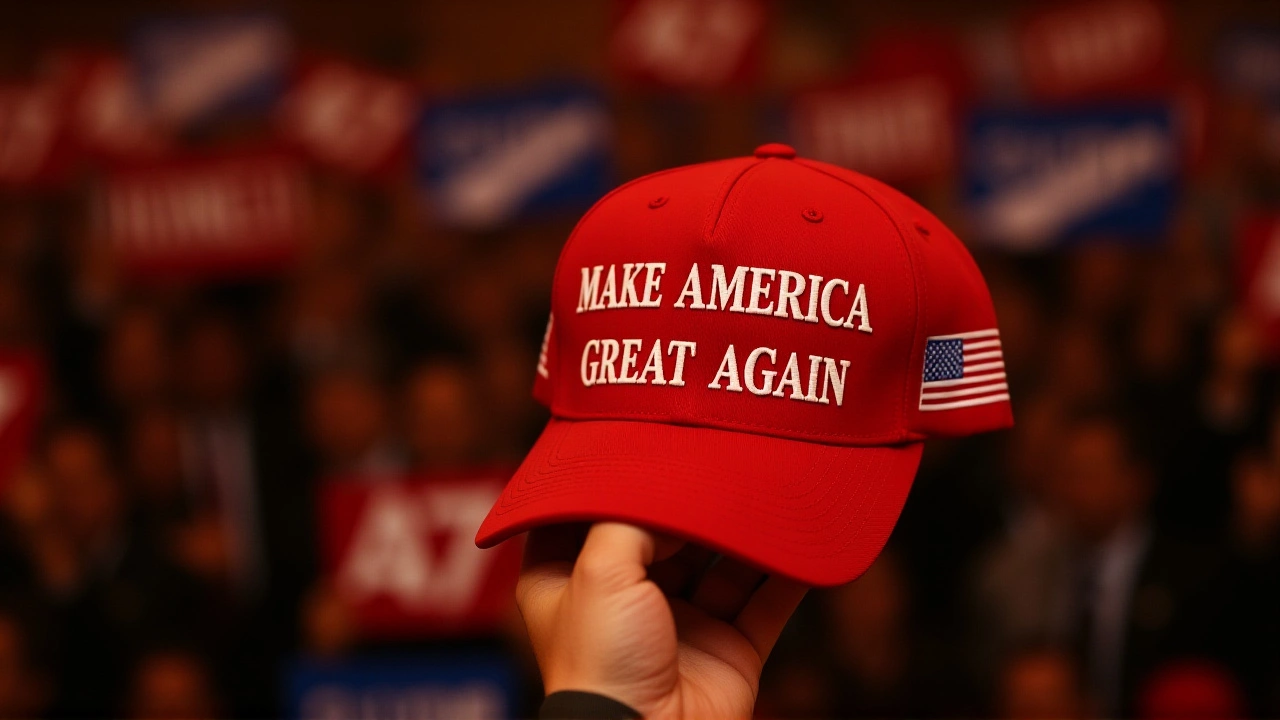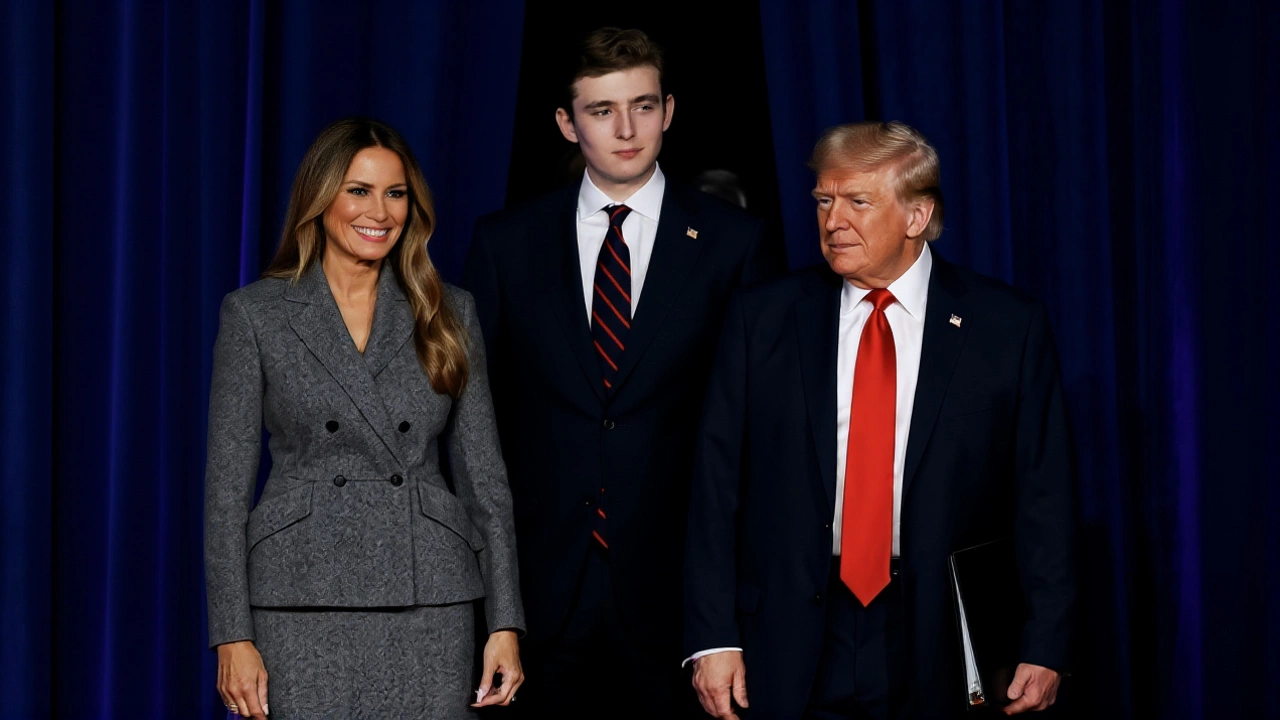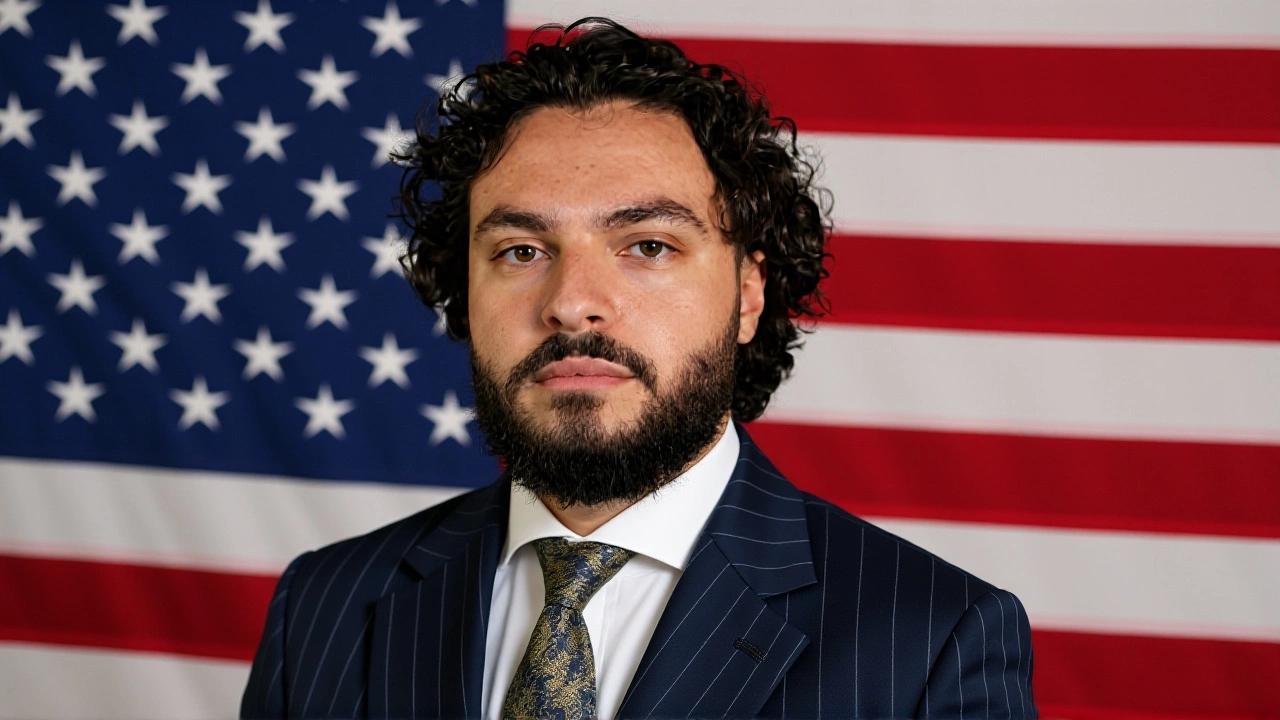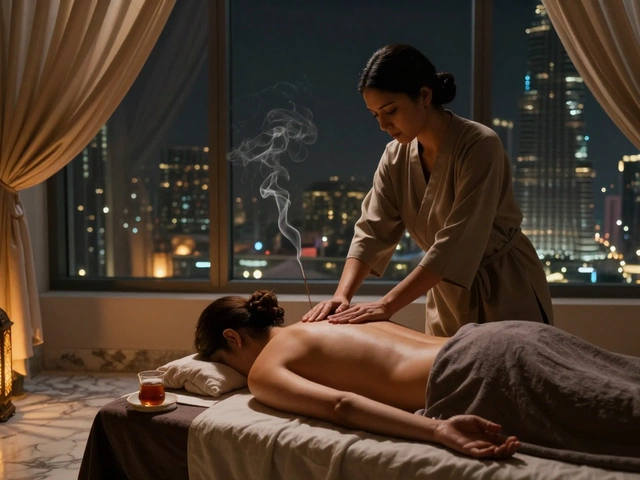When Stefano Forte, a Queens‑based Republican operative, was announced as the new president of the New York Young Republican Club on April 23, 2025, the party’s inner circle felt a fresh wind stirring in the borough.
The club, headquartered in Manhattan but deeply rooted in Queens, has been riding a wave of growing GOP enthusiasm – President Donald Trump’s vote share in the borough jumped exactly ten points between the 2020 and 2024 presidential elections. Forte, who previously ran the conservative 1776 PAC and managed Councilwoman Vickie Paladino’s successful 2023 reelection campaign, now faces the task of translating that momentum into lasting political influence.
Leadership Transition: From Wax to Forte
The announcement, made by City & State New York in a brief statement, confirmed that former president Gavin Wax stepped down after six years to spend more time with his wife and six‑month‑old baby. Wax even joked via text that he’d pursue his “lifelong passion of being a trapeze artist,” sending along a photoshopped picture of himself mid‑air.
“I’m proud of what we built – the biggest Young Republican chapter in the nation – but family comes first,” Wax said. He will stay on as the club’s chair, acting as a bridge between the old guard and Forte’s incoming administration.
Forte, elected vice president earlier in January, said his vision is to “modernize our outreach while staying true to the principles that have guided this club for over a century.” He added that the club will focus on voter registration drives, policy forums, and mentorship programs for budding Republican leaders.
Historical Roots and Evolution
Founded on April 27, 1911, by a cadre of New York elites—including Benjamin M. Day and Philip J. McCook – the New York Young Republican Club (NYYRC) is the oldest and largest Young Republican chapter in the United States. Its inaugural gala on December 20, 1911, featured Senator William Edgar Borah speaking alongside President William Howard Taft.
For much of the 20th century, the club’s stance was largely moderate, reflecting the centrist leanings of New York City Republicans on social issues. The tide turned sharply after Donald Trump’s 2016 victory, steering the organization toward a more hard‑line conservative platform.

Political Context in Queens
Queens, often dubbed “the World’s Borough,” has become a microcosm of the national partisan shift. Joann Ariola, elected council minority leader in February 2025, recently named Paladino as the Republican whip, signaling a coordinated push to amplify GOP voices on the City Council.
“We’re seeing a realignment in Queens neighborhoods that have been Democratic strongholds for decades,” Ariola remarked at a recent press conference. “Our goal is to offer voters a credible, fiscally responsible alternative.”
The synchronicity of Forte’s appointment with these council moves has analysts suggesting an emerging Republican pipeline from the NYYRC to citywide offices.
Controversies That Cast a Long Shadow
The club’s recent history is not without blemish. In December 2020, during the height of the COVID‑19 pandemic, the NYYRC hosted a gala in Jersey City that ignored mask mandates and social‑distancing rules. Guests included Rep. Matt Gaetz (FL) and journalist James O'Keefe. New Jersey Governor Phil Murphy slammed the event as “irresponsible and dangerous.”
Earlier, under Wax’s watch, the club’s board member Michelle Malkin praised white nationalist figures, drawing criticism from civil‑rights groups. The NYYRC also endorsed Brazilian President Jair Bolsonaro in 2022 and, after his narrow loss, floated unfounded claims of mass voter fraud and even hinted at a military coup.
These episodes have fueled debates within the Republican establishment about the balance between energizing the base and maintaining broader electoral appeal.

Looking Ahead: Forte’s Strategic Playbook
Forte says his immediate priorities are threefold: rejuvenate membership recruitment, forge alliances with Queens’ emerging Republican officials, and reposition the club’s public image.
- Launch a “Queens First” voter outreach campaign targeting precincts that flipped Republican in 2024.
- Host quarterly policy roundtables with city council members, including Ariola and Paladino, to shape legislation on public safety and taxation.
- Introduce a mentorship program pairing seasoned GOP leaders with young professionals seeking political careers.
He also hinted at a possible “Youth Leadership Summit” slated for early 2026, aiming to bring together Young Republican chapters from across the state.
Whether Forte can steer the club away from past controversies and capitalize on Queens’ shifting electorate remains to be seen. What’s clear, however, is that the NYYRC now sits at a crossroads where historic legacy meets modern political ambition.
Frequently Asked Questions
How might Forte’s presidency affect Republican voters in Queens?
Forte plans to launch a “Queens First” outreach that targets precincts that swung toward Trump in 2024. By focusing on local issues like property taxes and public safety, he hopes to convert moderate voters who have become disillusioned with the Democratic status quo.
What controversies could hinder the club’s new direction?
Past events – the 2020 Jersey City gala and flirtations with white‑nationalist rhetoric – still echo in media coverage. Critics argue that unless the club publicly distances itself from those actions, fundraising and broader appeal may suffer.
Who are the key allies supporting Forte’s agenda?
Council minority leader Joann Ariola and Republican whip Vickie Paladino have publicly endorsed Forte’s plans. Their combined influence on the City Council could give the NYYRC a legislative foothold.
What timelines are we looking at for Forte’s initiatives?
The voter outreach drive is slated to begin in summer 2025, with the first policy roundtable scheduled for September. The Youth Leadership Summit is projected for early 2026, pending venue confirmation.
Why does the NYYRC matter beyond its members?
As the nation’s oldest Young Republican chapter, the NYYRC serves as a recruiting ground for future GOP leaders. Its strategic location in New York City gives it disproportionate media visibility, influencing national party narratives about urban conservatism.







Write a comment